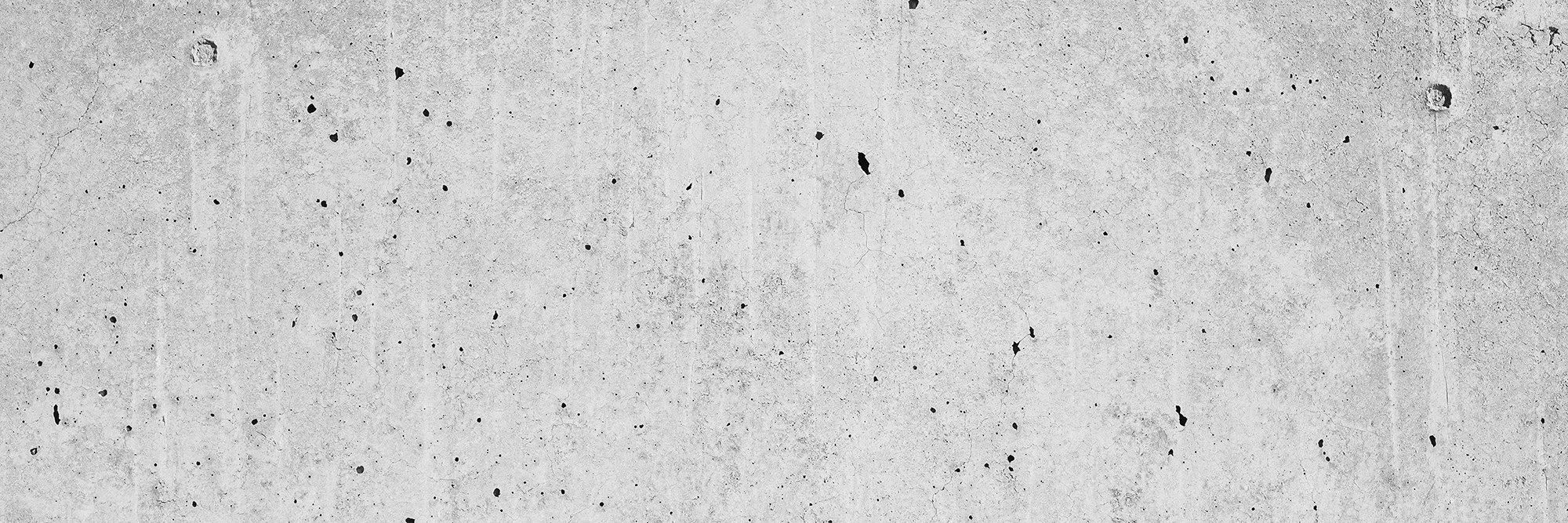
Build Better Cities
Featured Content

MOBILITY | The Potential of Pop-Ups
Temporary projects can help cities take the guesswork out of new infrastructure.
Sections of West Street in Raleigh, North Carolina, might soon look a little different, but it won’t be for the first time. That’s because the section of the street between Peace and Wade Streets is one of several in the state capital set to receive new bike lanes. It was also the subject of a weekend long “pop-up” project in 2019.

BACKPAGE | The Citybuilders
Together, we form a powerful mosaic.
We all can be citybuilders. Truth be told, we already are.

SU REACTS | When Cars Are Not an Option
Higher inequality is putting more pressure on cities to invest in transit and pedestrian infrastructure.
A recent study from the National University of Singapore’s Xize Wang and Florida Atlantic University’s John L. Renne analyzed data from the 2017 National Household Travel Survey to assess the extent to which income has an impact on household access to a vehicle. Unsurprisingly, lower-income households, especially non-Hispanic Black people, are more likely to be reliant on transit. This has a demonstrable impact on mobility patterns.

CITIZEN BUILT | A Story of Place
Gabe Eng-Goetz shows why art is vital to citybuilding.
What makes a city? There are the material aspects and the non-material ones, the steel and the sentiment. But in memorable cities, both types of factors are intertwined, and the architecture has soul. What counts as architecture can surprise us, though, and what gives a place its shape goes far beyond its structures.
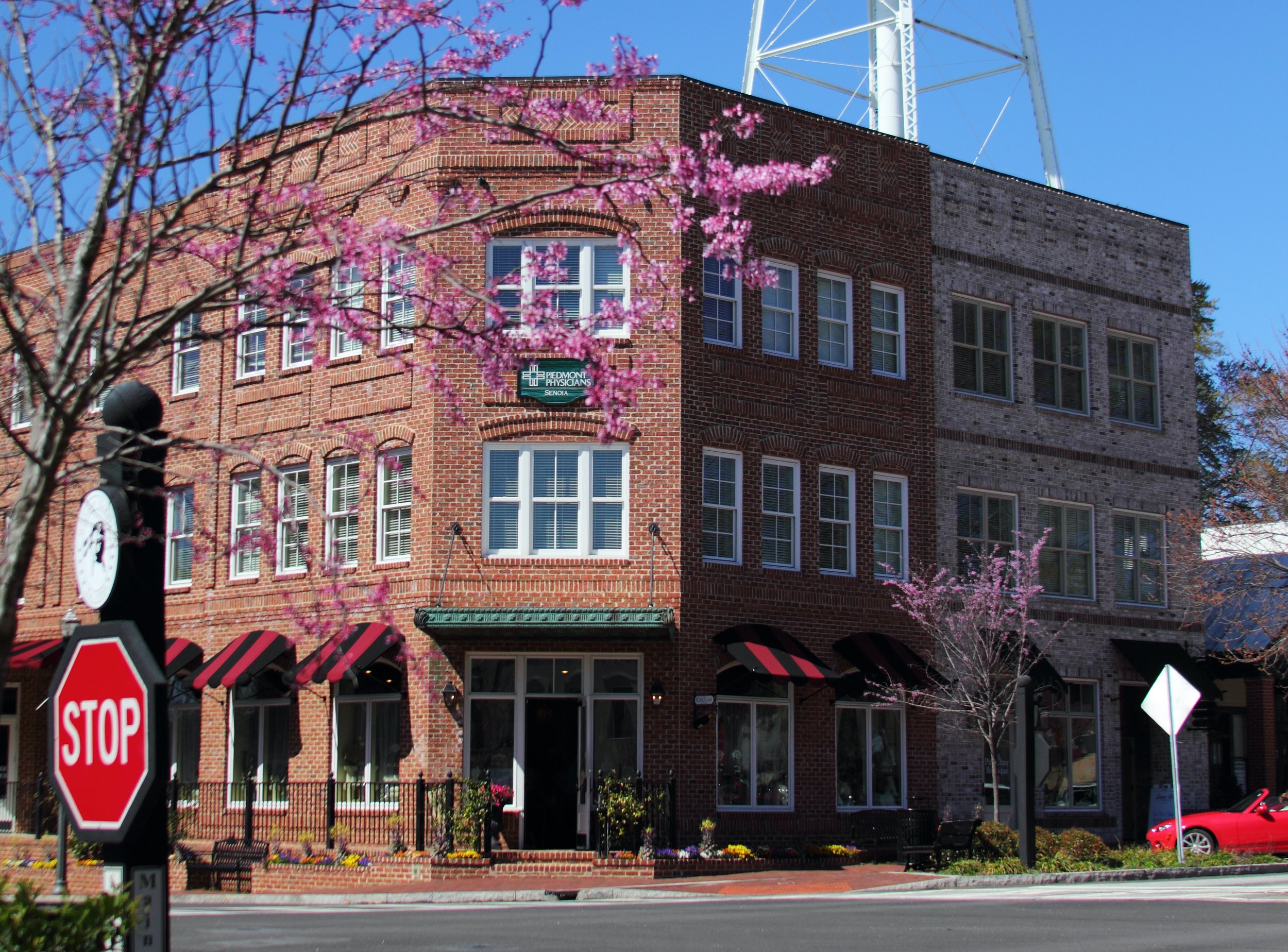
CITYBUILDING | Positive-Sum Historic Preservation
Embracing good development doesn’t have to mean abandoning the places we love.
Old buildings have always held a special place in my heart. I am a sucker for aging chimneys, sinking front stoops, and paint-peeled porches; the crumblier the brick, the better. I spent my middle- and high-school years reading and re-reading the historical society’s books about my city’s old homes, shops, and mills. Those old buildings were vessels of local lore and structural grace. They still are. And while I was a steadfast youth proponent of historic preservation, I have come to advocate for policies often at odds with local landmark associations and historic building standards.

DISCOURSE | Intellectual Curiosity is a Prerequisite of Building Better Cities
From land use regulations to street design manuals, learn to challenge urbanism’s “settled” ideas.
The point of intellectual curiosity isn’t to convince someone that you’re right, and they’re wrong. It’s almost the opposite mindset. Assume you have much to learn about a topic that intrigues you. Be skeptical, even of your own held beliefs. Love learning. Why? Because intellectual curiosity is a prerequisite to better citybuilding.

PLACEMAKING | The Vibrancy of Cowboy Urbanism
Why good urbanism can exist anywhere.
It's often presumed urbanism is a big-city affair, contained to coastal and other long-industrialized metropolises. In truth, we can find prime examples of urbanism all across the country. In the South, one type could be called “Cowboy Urbanism.” While it may look different from the prototypical urban environment, Cowboy Urbanism exists everywhere from downtowns to theme parks. At the crossroads between the South’s unique history and its geography, the cornerstone of Cowboy Urbanism is a strong reverence for place.

JANE JACOBS | 4 Rules of Fostering Good Urbanism
In the fast-urbanizing South, Jane Jacobs’s common denominators for vibrant cities still apply.
Jane Jacobs was an enigma in that she was, in most ways, an anti-intellectual intellectual. She had little taste for the top-down administration common within the elite society of her day. Her most famous work, The Death and Life of Great American Cities, leads by throwing a roundhouse punch to that effect: “This book is an attack on current city planning and rebuilding.”

POLICY | Bike Lanes Should Be Public Utilities
Safer neighborhood infrastructure is possible, but approvals must be made more efficient.
“Road Work Ahead”—a phrase we see on neon orange signs all too often. Other than the frustration arising from increased traffic or alternate routes, we continue on with our day without questioning which roadway improvements are occurring. They just are. From road widening to the sewer line installation, we accept these changes and adjust our behavior accordingly. However, when it comes to the implementation of bicycle infrastructure, this acquiescence is missing. That’s because bike lanes and other bicycle infrastructure are not recognized as public utilities. They should be.

ZONING | The American Tobacco Trail
Southern cities should upzone to make the most of areas along greenways.
The Atlanta Beltline has introduced a new way of utilizing trails as a means of transportation rather than simply recreation. Pedestrians and bicyclists use the Beltline as a sort of car-free highway, traveling to local businesses and parks as they enjoy the nature that surrounds them. More trails should follow the standard set by the Beltline.

STOREFRONT | 10 First Steps Toward Revitalizing Main Streets
Successful placemaking starts with small, individual efforts.
The perception of a place is dominated by its Main Street. This is especially true in a typical small- to mid-sized Southern city where the core has remained largely the same for decades—or, worse yet, has slowly deteriorated. Main Street also tends to be a state road, carrying citizens and visitors alike to the city—but too often simply through it. The key is giving them a reason to stop, walk around, and stay for a while. That’s where small storefronts can have an outsized impact on their community. These businesses, their owners, and their teams act as a welcome antidote to repetitive and uninspiring strip malls and interstate exits. Put simply, they turn a street into a place.
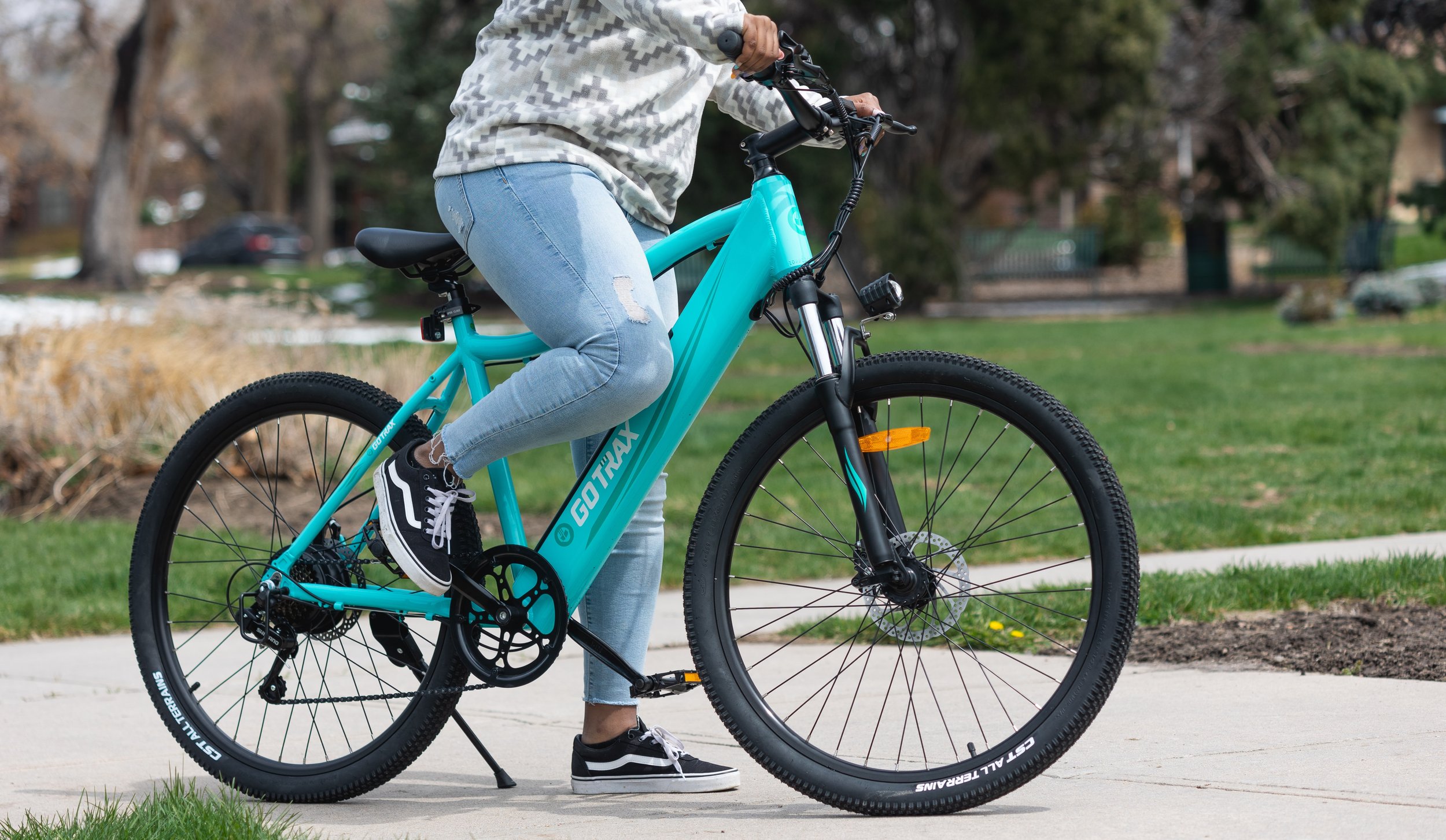
MOBILITY | E-Bikes and Equity
How cities can use rebate programs to bring downtowns within reach.
Within the span of a week, author and environmentalist Bill McKibben listed “hopping on the e-bike bandwagon” among his five recommendations for combating climate change, and Business Insider proclaimed that the “Incredible, Earth-saving electric bike is having a moment.” As e-bike rebates make their way back to Congress after failing to survive the last round of negotiations for the Build Back Better Act, some question the utility of subsidizing e-bikes when cycling infrastructure in most of the United States is subpar. Which, you might then ask, should come first: bike lanes or access to e-bikes? The answer need not be nuanced; cities need both—now.

SU REACTS | Democratizing Development
Cohousing promotes inclusivity, but what if we saw more mission-based housing solutions?
The UNC Center for Excellence in Community Mental Health, in partnership with XDS (Cross Disability Services, Inc.)—a nonprofit that works with people who have mental health disorders—is launching a new affordable housing option in Chatham County focused on providing homes “for people with mental illness and other health conditions living on a fixed income.” The Tiny Homes Village will be comprised of 15 homes of 400 square feet, each rented out to tenants below market value. The design of the community is informed by housing and mental illness research—with all of the homes being specifically oriented in a way that will afford extra privacy to residents.

CITYBUILDING | A Faith-Based Response to the Housing Crisis
When inner-block courtyards meet a sense of duty, surprisingly simple solutions emerge.
The obligation to “provide housing for the stranger,” a duty seen by many as sacred, can be found in almost all cultures and at all points in history. Today, this mission of providing housing to those in need is facing new challenges.
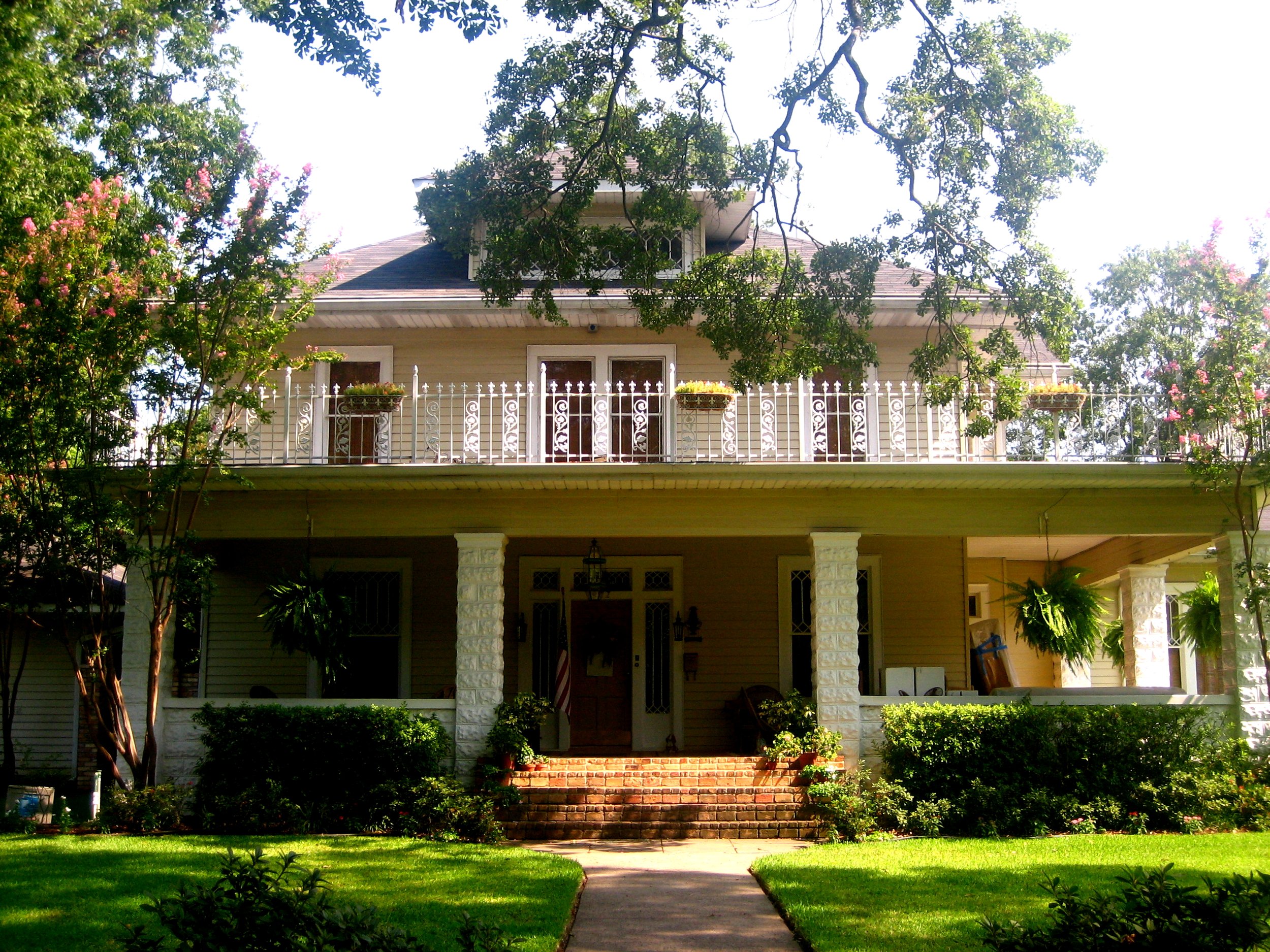
DESIGN | The Future of Southern Design
What’s gained and lost when technology creates freedom around a building’s form?
Throughout history, the way that buildings have been designed has been impacted by climate. While design features have almost always incorporated utilitarian needs related to a location’s weather, the introduction of new technology has changed the way we both think about and implement different building forms. These changes have brought more choice to design decisions. But before taking geography out of the equation altogether, it’s worth remembering how these choices impact an area’s sense of place.

HOUSING | Unsubsidized Solutions to Homelessness
Are carved-up Shotgun houses in Texas a solution to the South’s affordable housing problem?
For the formerly incarcerated and homeless, there are few realistic options for housing. Monte Anderson’s shotgun-house model may help solve this problem—with no subsidies needed.
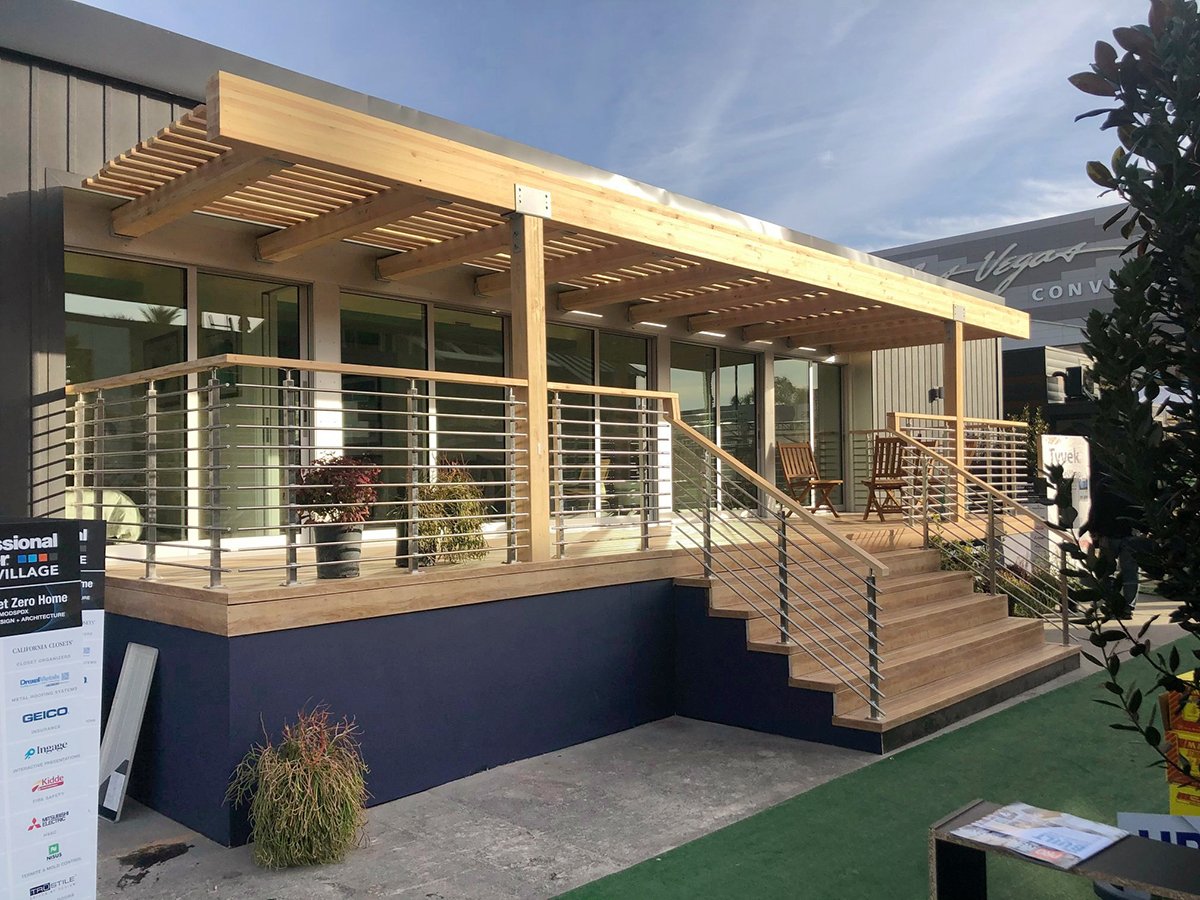
TRADE | Performing Architecture
On erasing the false dichotomy between building and designing.
Maybe it’s because I came into the trades while working on a degree in music that I see my role in homebuilding as a performer: a performer of architecture.

HOUSING | When the Housing Shortage is a Windfall
Less affordable housing benefits those who already own a home.
We know that zoning restrictions have a price: When housing is harder to build, it means that the housing shortage continues, that housing and rental prices rise, that only the wealthiest can afford to buy a home in a desired area. But the group that benefits from the housing shortage tends to be the same one that is staunchest in its NIMBYism: homeowners.

BLACK CITYBUILDING | Black Towns
To claim our history, we must claim our built environment.
In 1887, the tiny town of Eatonville, Florida, was incorporated as one of the first all-Black municipalities in the United States. Over time, it grew in importance if not size. It gave its residents power, dignity, and community. It was the home of famed Harlem Renaissance author Zora Neale Hurston. It contained a preparatory school for Black children founded with the help of Booker T. Washington. Today, an interstate runs through the middle of its 1.6-square-mile footprint.

DISCOURSE | Hold On, Be Strong and the Importance of Place
Southern urbanism’s former Art Director has been working on something big.
I spoke with Southern Urbanism’s former art director Dave Alsobrooks on his upcoming art installation, and what it has to say about the built environment in the South.
